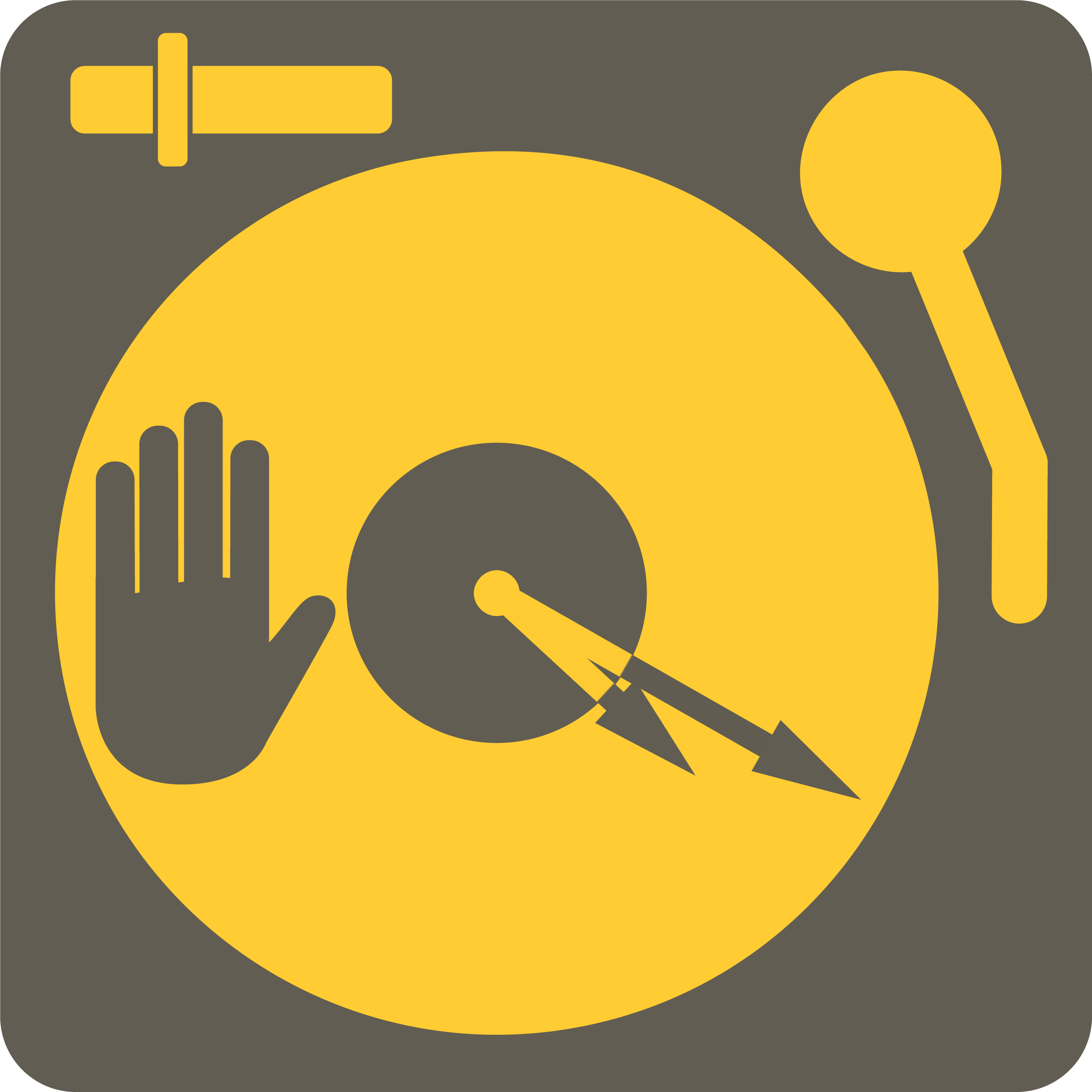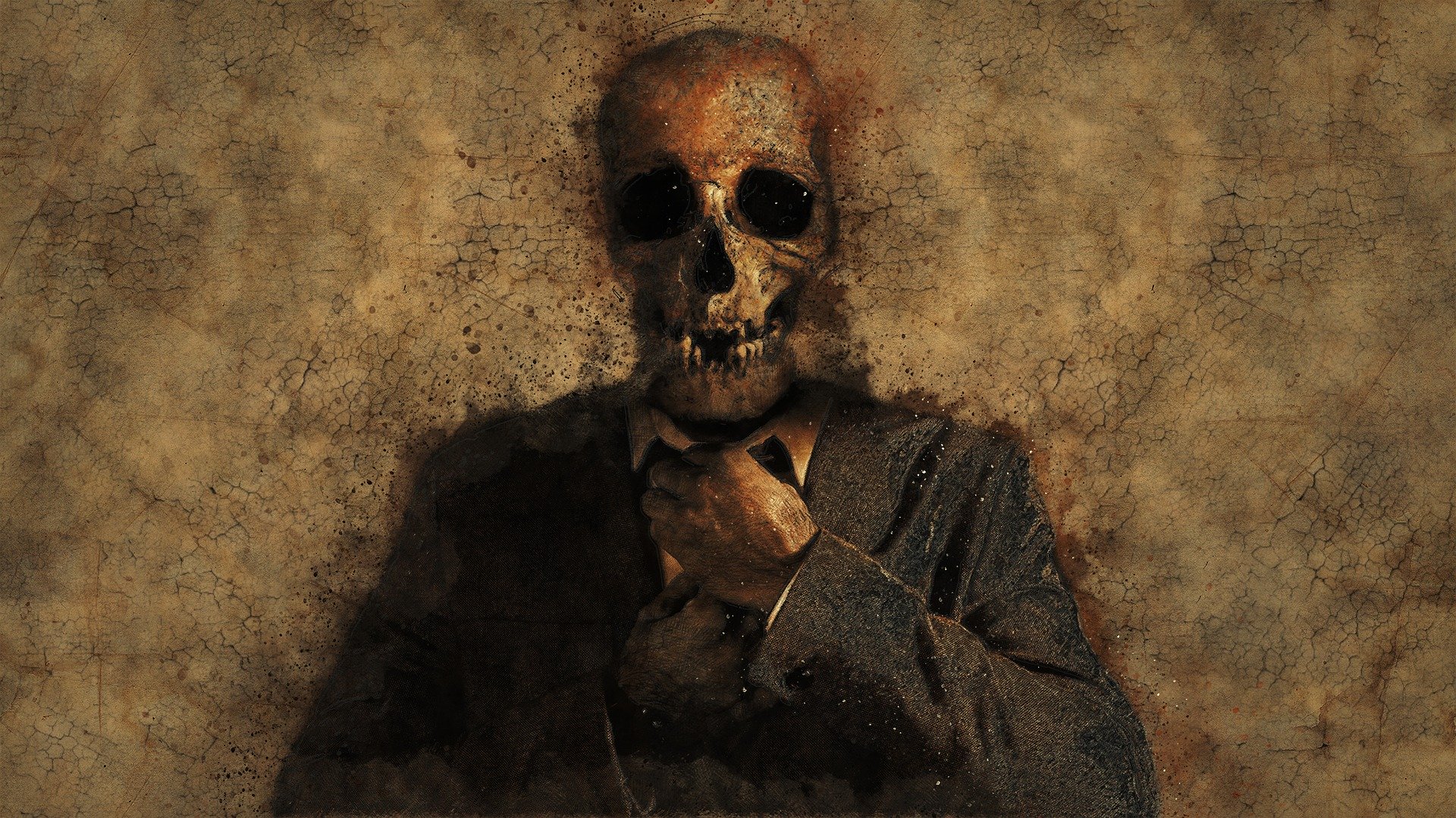Sapiens
In 1707, Carl von Linné (or Carolus Linnaeus) was born in Råshult, Sweden. Thanks to his early interest in botany, Linné was able to pay for his medicine studies by teaching botany in Uppsala’s university garden. Over the years, Linné’s medicine career was paralleled with extensive research work and a growing network of collaborators in the natural sciences. With time, this “side gig” turned into a full-time job.
In 1735, Linné published the first version of his hierarchical classification, or taxonomy, of the kingdoms of Nature (originally “stones,” “plants,” and “animals”). However, it was not until 1758 that the 10th edition (!) of Linné’s Systema Naturae (“The System of Nature”) established the starting point of modern zoological nomenclature. The diligence paid off. It constitutes the modern method of classifying animals using a binomial system. Nested within the order Primates, Linné included all living humans as one species:
Homo sapiens From the Latin homo (human being) and sapiens (wise)
We are all “wise human beings” by definition. We all are Homo sapiens, or just Sapiens, as Yuval Noah Harari would say. I am a Sapiens, and you are a Sapiens. Everyone living today on Earth is a Sapiens. It hasn’t always been like this. In Ethiopia, fossils found near the Omo River tell us that humans that looked like us, Sapiens, have been around for at least ~200,000 years. Ever since, and just until ~30,000 years ago, Sapiens co-existed in time—and space—with other hominins (members of the human lineage). Some of these hominins also belonged to the genus Homo. Therefore, they were other types of humans. Other hominins were a bit different or quite a lot.
It is difficult to mistake a human being for any other primate based on our appearance. Our “hardware” is bizarre. Unlike living apes, humans show elongated legs, a pointy nose, and a dramatically enlarged brain size (to name a few examples). As compared to other primates, humans have a pretty “deformed” skull (e.g., reduced face, enlarged braincase). However, other parts of our body are more “generic” and shared with other living creatures (e.g., the possession of five fingers in our prehensile hands, like most primates).
When it comes to the “software” (behavior, cognition, consciousness, etc.), the line between humans and other primates is under debate. For example, we usually consider ourselves truly unique among the animal kingdom for our unique tool capabilities. However, field studies found that chimpanzees use stone tools and make tools with natural organic objects (branches, leaves, etc.). We also consider ourselves very social creatures. However, most primates are social too, often organizing very complex relationships. In Bwindi Impenetrable National Park (Uganda), I remember being amazed by observing the social dynamics among the different gorillas in each group. There you had “the clown,” “the bully,” or “the nice one.” It was like being back in high school.
In 1871, Darwin proposed, in The Descent of Man, that the difference between humans and other animals is one of degree, not of kind. Others consider that humans are “unique.” For example, we have a complex and symbolic language that allows us to create ideas, write about them, and make them happen.
Are we, Sapiens, “special”? Or are we just as unique at being a primate as birds are at being dinosaurs?
Thanks to David Alba, Marc Furió, Ashley Hammond, Santiago Catalano, Nathan Thompson, and Laia Salles Diez for reading drafts of this.
Cover image by JL G from Pixabay.

